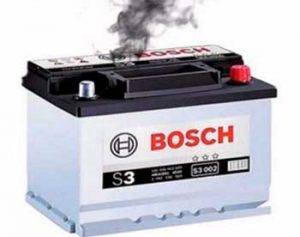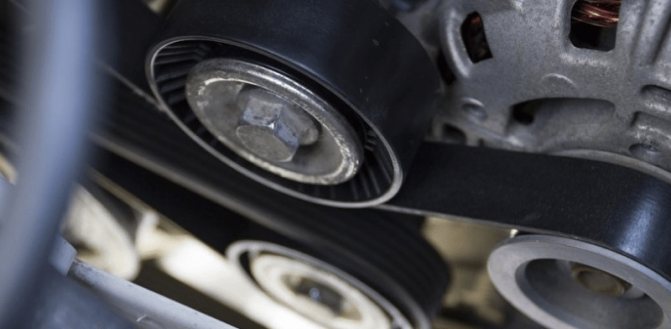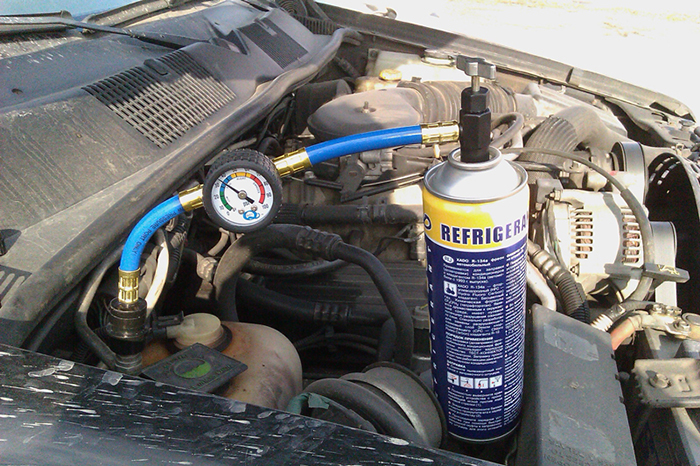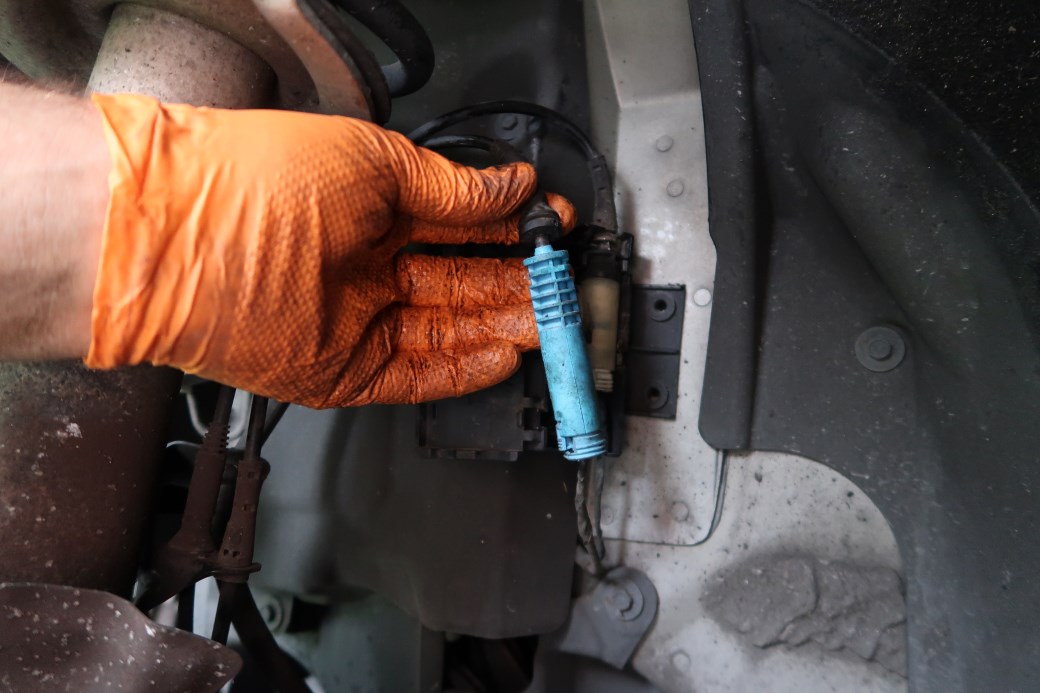 Why does the battery boil when charging?
Why does the battery boil when charging?
This question is asked almost all novice drivers. Many newcomers, who for the first time encounter a similar phenomenon, immediately come up with the idea that the battery has become unsuitable for further use, or there is an incompatibility with the charger.
However, in most cases, these fears are unfounded, because in fact there is practically no reason to worry about the condition of an expensive battery, as boiling of the electrolyte in the battery is quite normal and occurs when the device is directly charged.
Any full process of charging an acid battery will not do without boiling electrolyte. If the battery starts to boil, it will only mean that the charging process comes to an end.
It is noteworthy that in fact, the liquid in the battery does not boil since its temperature does not reach even half the boiling point. Gas bubbles, which occur during charging, indicate a natural phenomenon hydrogen evolution. This process in chemistry is called electrolysis. It must be remembered that a mixture of hydrogen with air in a 2:1 ratio is explosive and is called detonating gas. Electrolysis is the decomposition into its parts at the molecular level. All this happens under one necessary condition: an electric current must pass through the liquid.
When the density of the electrolyte in the car battery when charging nears the limit value, energy will be spent on the decomposition of the electrolyte into hydrogen and oxygen, the mixture of which will be detonating gas. Thus, the process of “boiling” indicates that charging is completed, and you need to disconnect the charger. Thereafter, it is advised to check the density of the electrolyte in the battery for warranty purposes.
1. Why would a battery boil during charging?
Quite often there are times when it is difficult to determine whether the battery is fully charged or not. However, big troubles can occur if the battery is not disconnected from charging in time. First, the electrolyte level in it will significantly decrease, as it boils away. Secondly, if the battery “boils” for too long, it can merely collapse.
It is known that many motorists put the battery on charge for one night, using a small charging current. A regular battery will be able to recharge usually overnight, which is enough for the next day’s not a very long journey. As we have said, to determine the charge of the battery most accurately by measuring the density of the electrolyte.
The density will increase while it is charging. In the case when the device is discharged, this indicator will fall, which is explained by a change in the chemical composition of the electrolyte itself. To check the density, you necessary to use a particular device a car hydrometer. It is important to note one interesting fact that, with a warm electrolyte, its density will always be less than that on a cooled electrolyte.
To save yourself from such a headache we recommend to use a battery maintainer. It will save you a lot of time and money. We have reviewed the best models of battery maintainers on the market and put together important advice for what to look for during the buying process.
2. A Car Battery position on the charger
As mentioned above, when charging the battery, the release of explosive detonating gas consisting of hydrogen and oxygen occurs. Therefore, in no case should the battery be placed when recharging near sources of open and closed fire. It is best to install it in a ventilated, enclosed area to prevent rain or debris from entering the device. The most important thing to remember is the need to invert the plugs.
The design of old domestic rechargeable batteries provided for the use of special plugs through which detonating gas escaped from each canister to the atmosphere, which occurred when charging from a car generator while the engine was running. When charging using a stationary charger is in progress, these plugs must always be turned off to avoid an explosion of accumulated detonating gas, and also to observe the process of electrolyte “boiling.” New batteries are highly reliable, instead of stoppers, manufacturers have installed individual venting tubes.
If the battery “boils” and at the same time heats up above 50 degrees, it means only that it is fully charged. However, according to the manufacturer’s’ standards, the boiling time should not exceed 3 hours. Otherwise, an irreversible process of self-destruction will begin, as a result of which the battery will lose its capacity. Also in the process of charging, it is necessary to restore the standard electrolyte level in each can, for which distilled water is poured through filling holes as it evaporates.
3. Troubleshooting the battery
Of all the existing rules, it is necessary to distinguish three, which are the most important and valuable for each motorist. First, it is required to unscrew all the plugs on the top cover before recharging the battery in the overwhelming majority of cases of such plugs in a car battery 6 pieces.
Secondly, install the battery on the charger. And the last it is necessary to make charging using 10% current from the capacity of the whole battery. For example, the battery has a capacity of 70 Ah (ampere-hours), then the current should be equal to 7 A.
Cars can damage the device and significantly improve its performance. This means that the batteries will be charged for more than 3 hours after dialing the nominal capacity. This allows you to use only the charger, which has a function of saving the charge.
After this, ordinary battery storage will begin. When using such a device, cars can leave the battery on charge unattended for several days or even a week. In this case, the battery will always be ready for use. It should be protected from excessive self-destruction.


